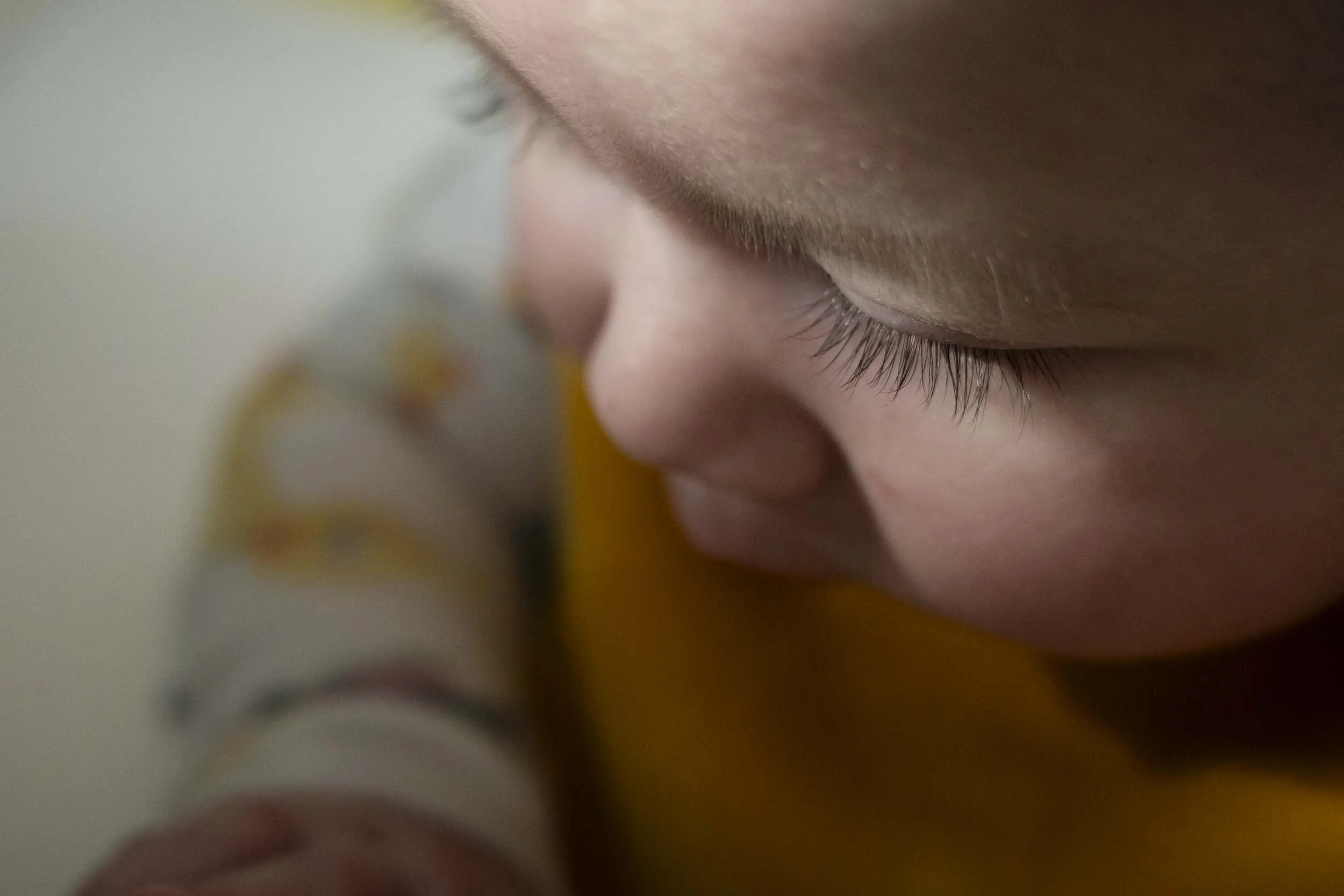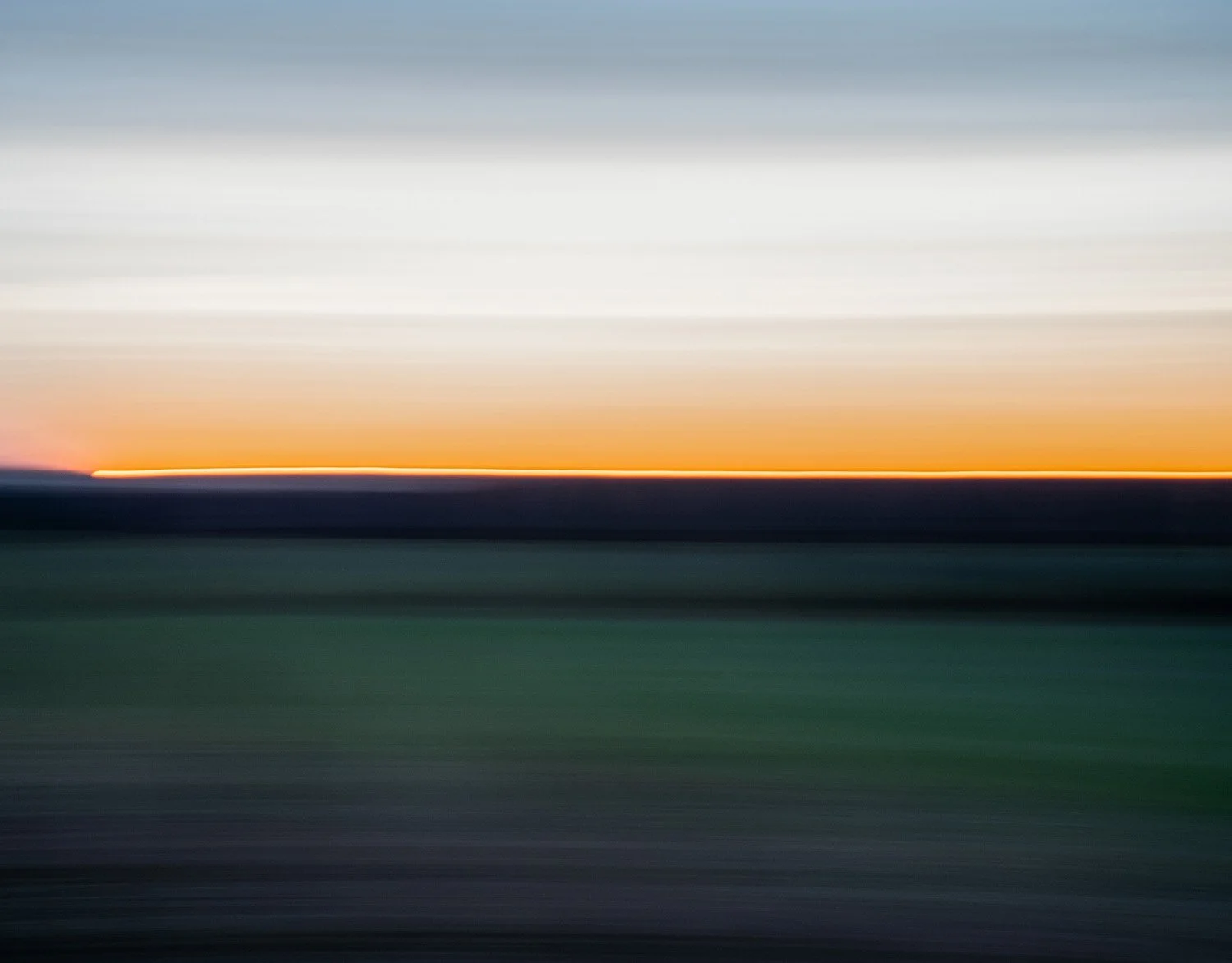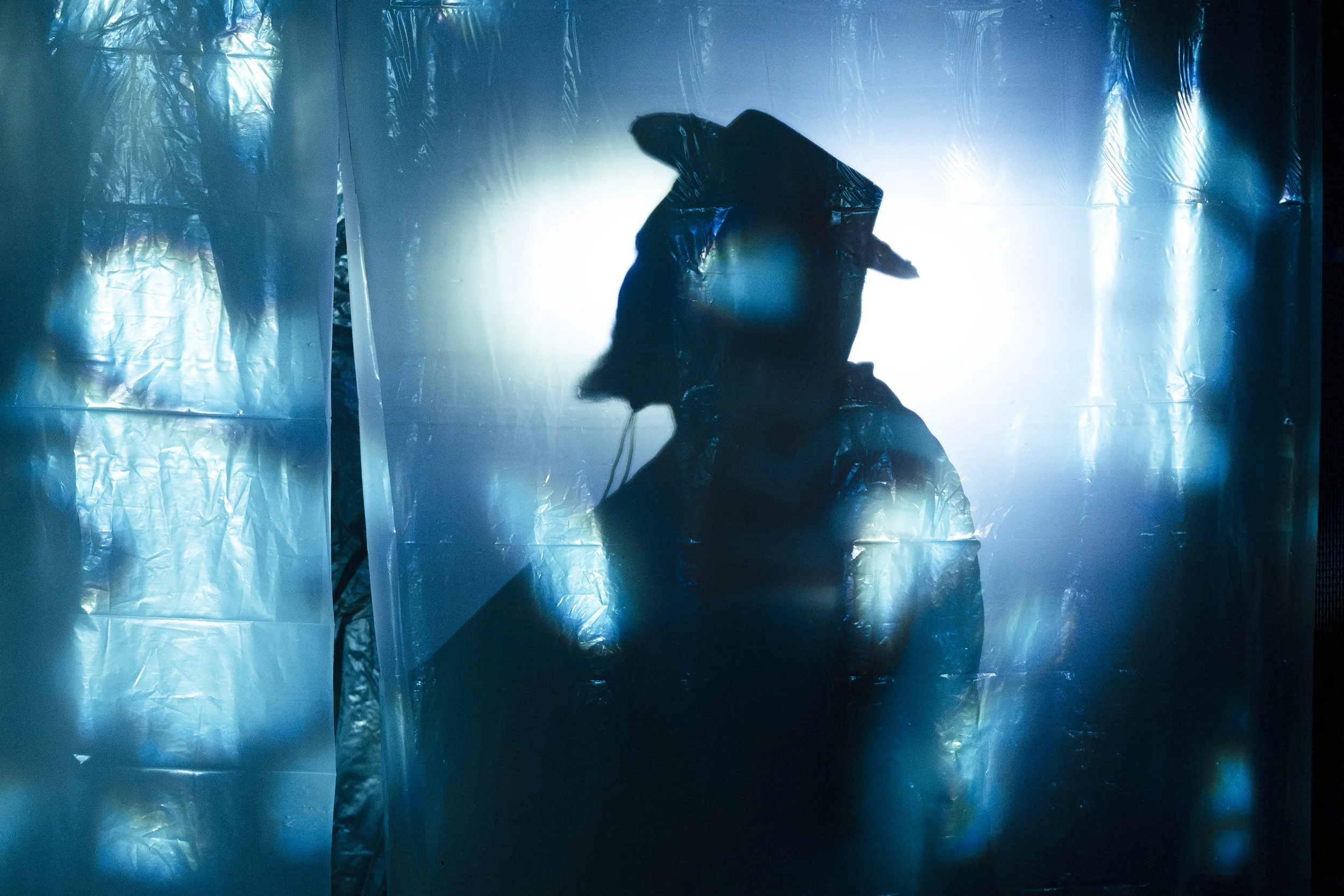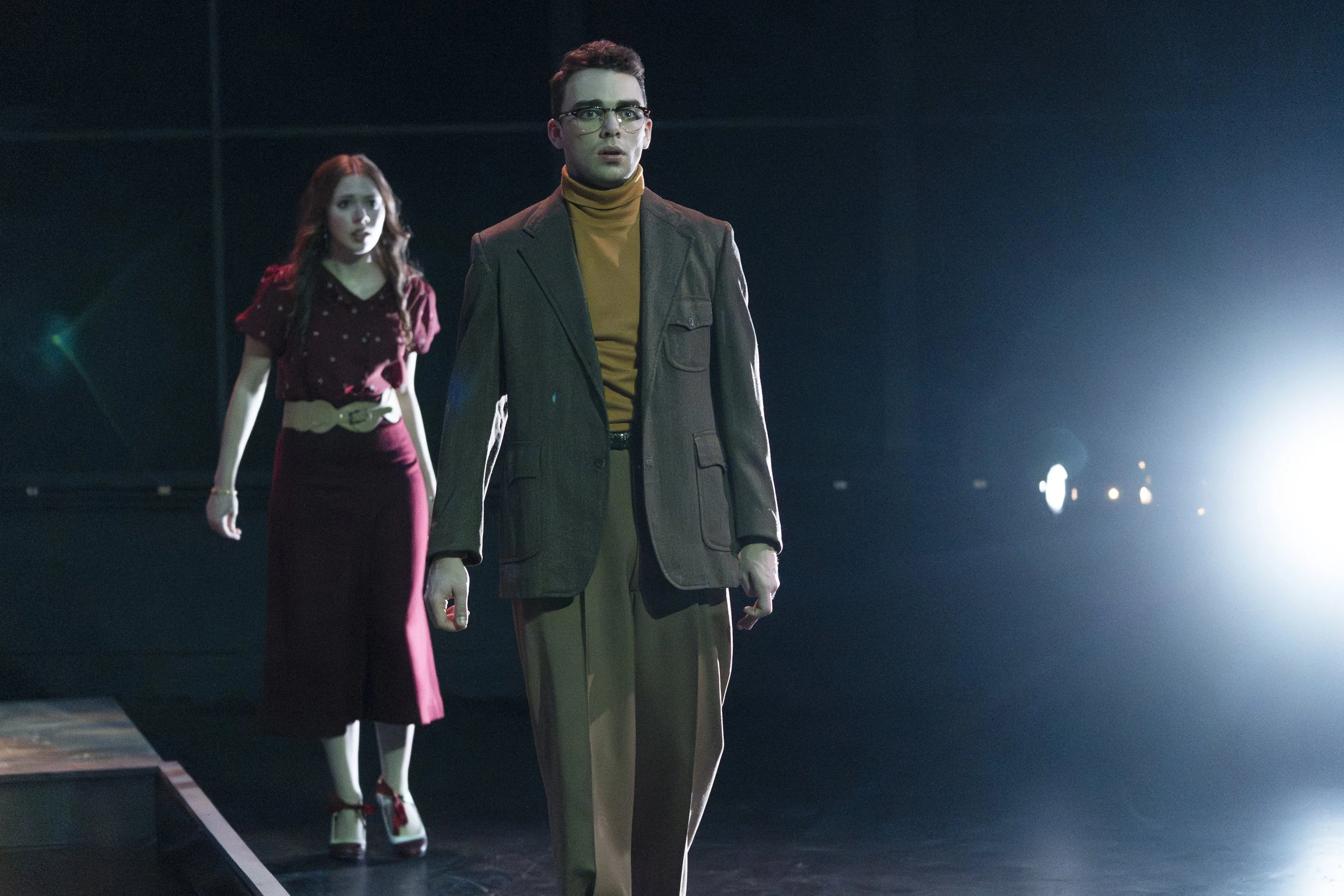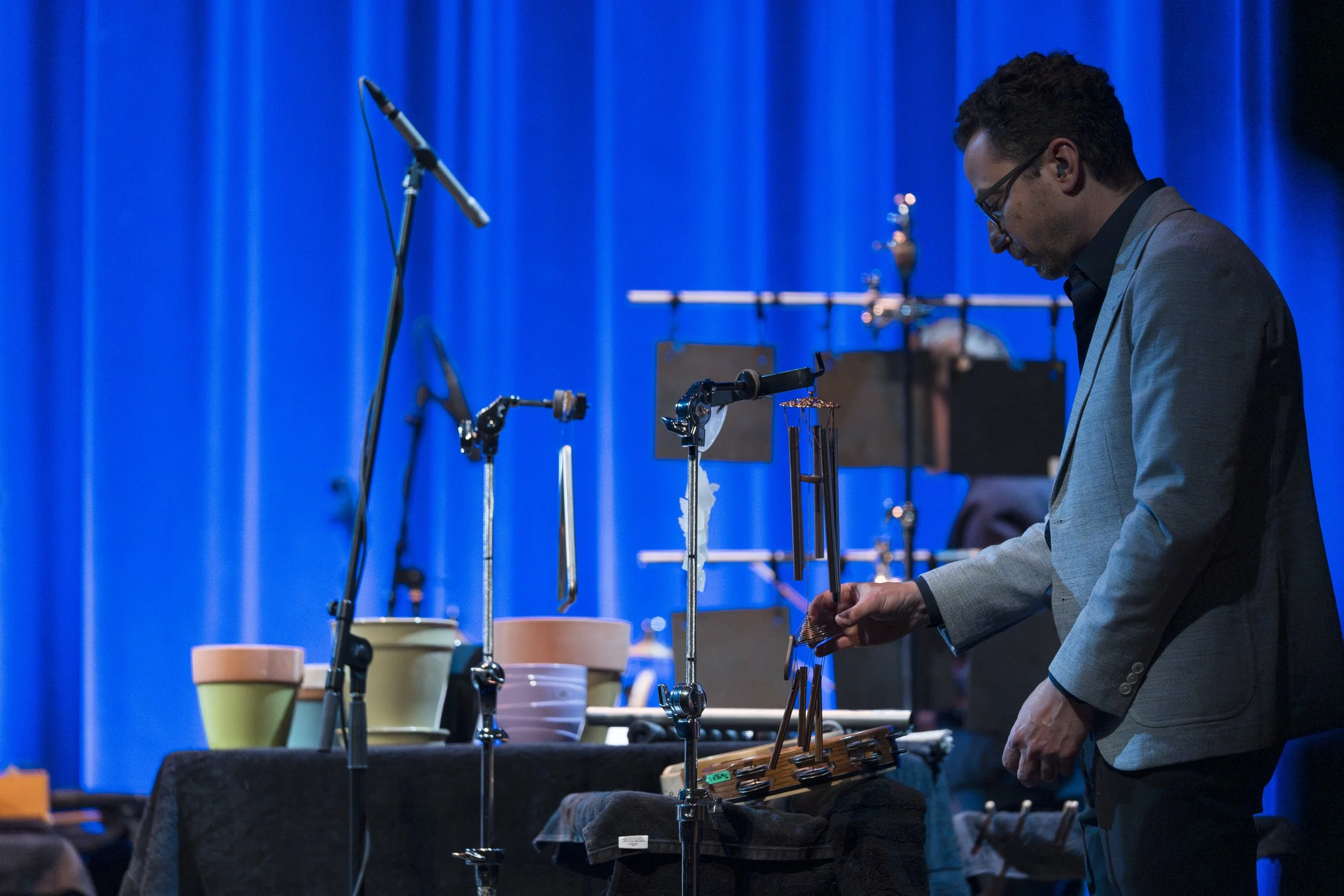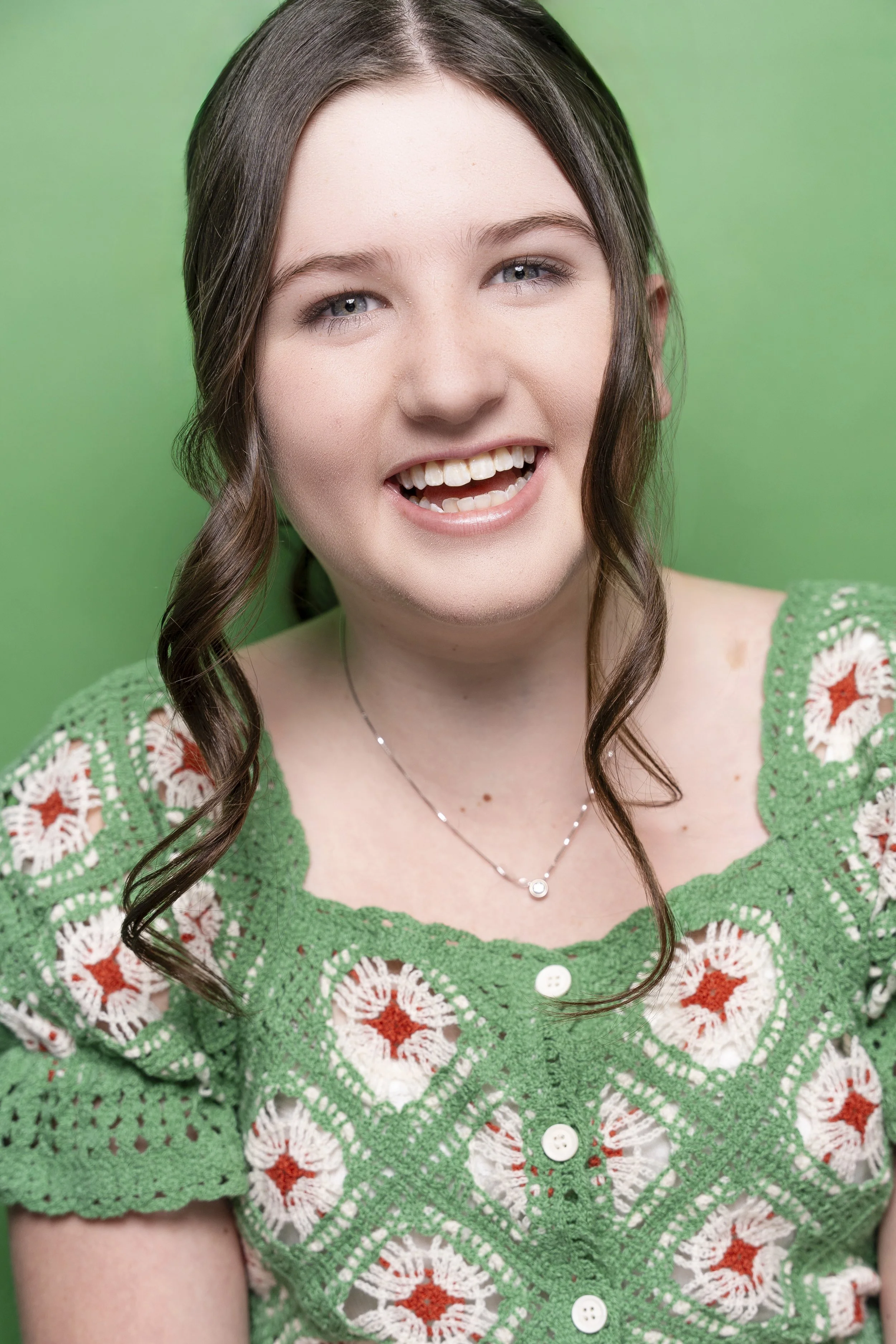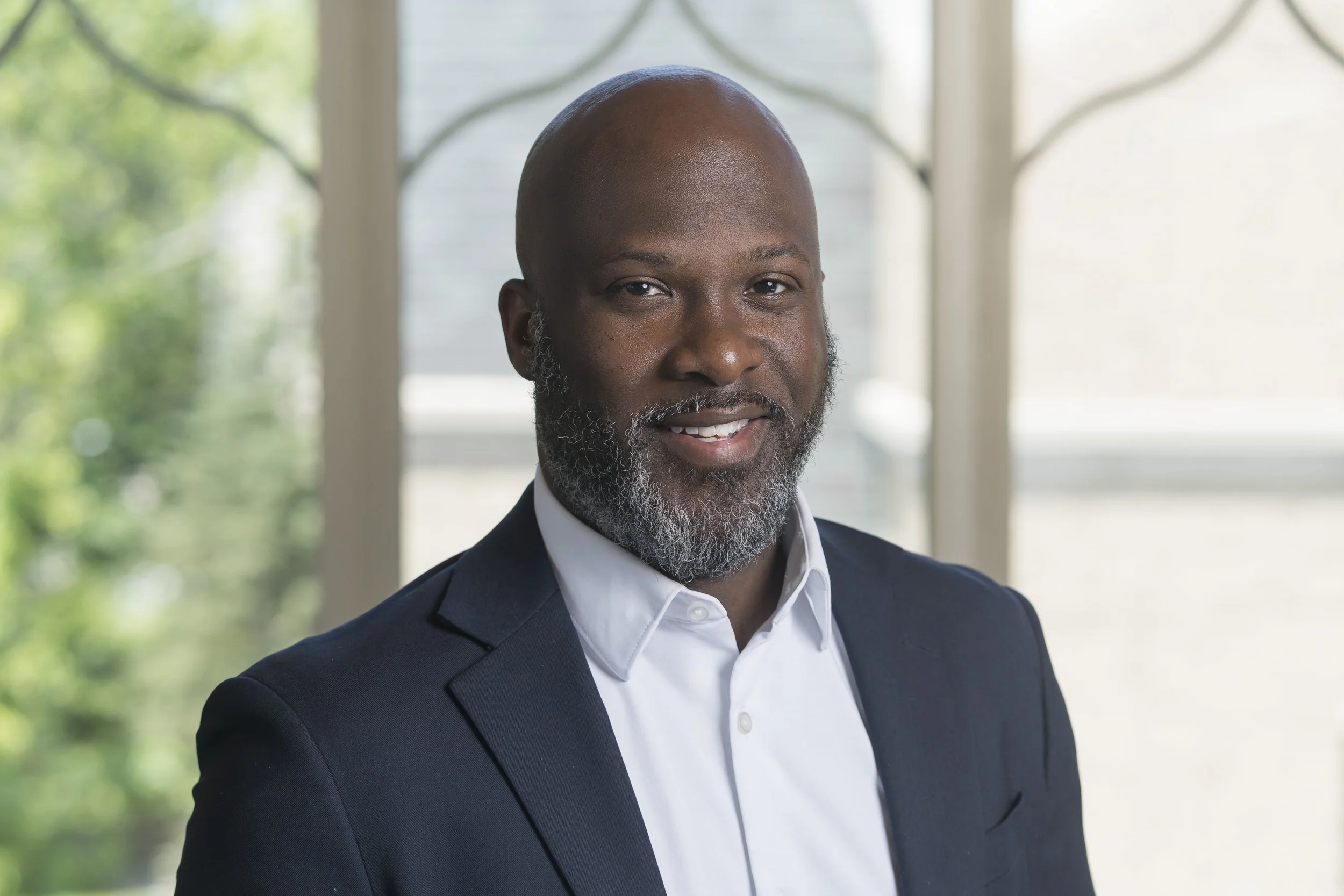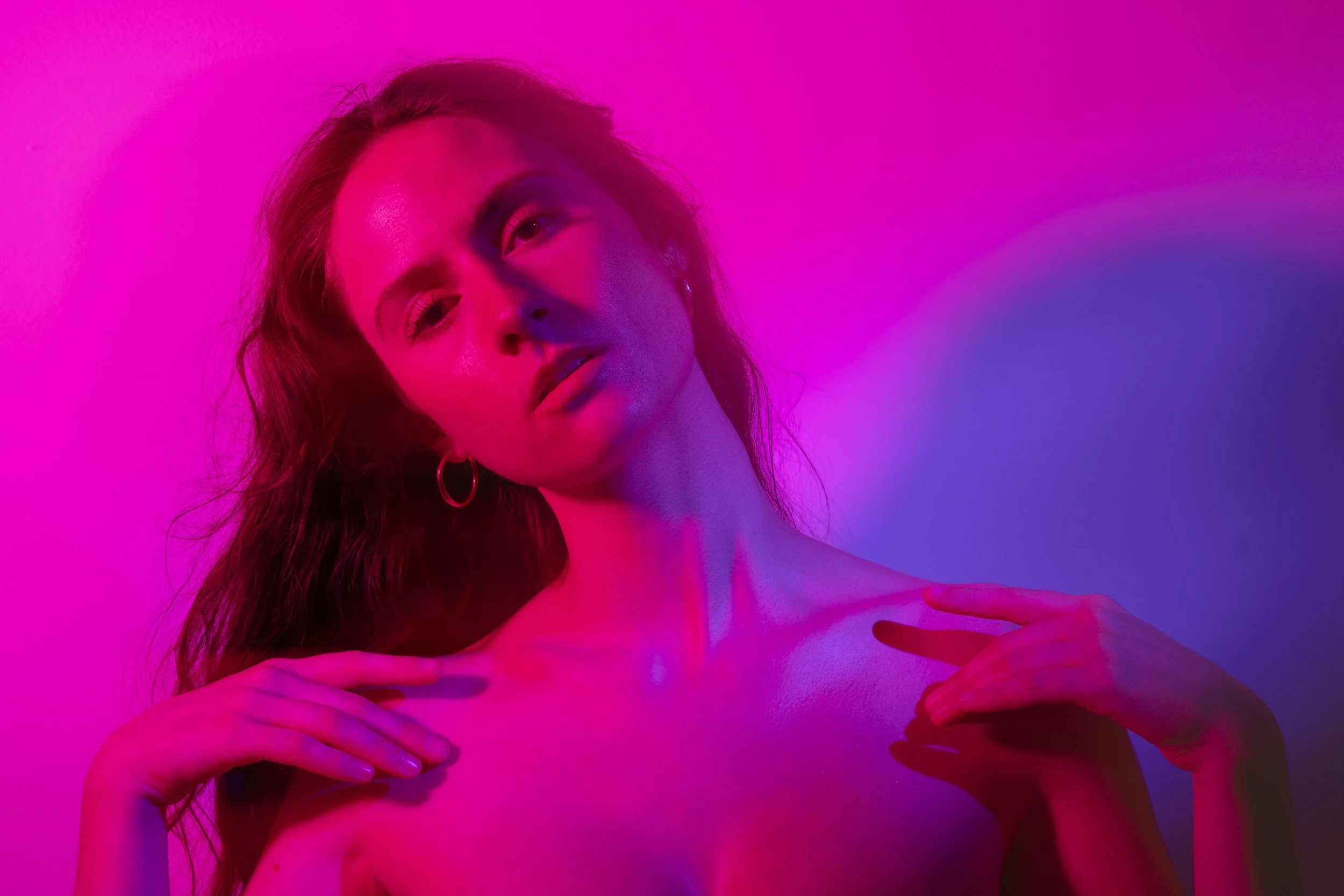Recent work and a reflection on three years of business | 2025
Cal
I recently realized that Three years ago I left my full-time job.
At the time, I still felt new to northern Indiana. COVID-19 had warped time and limited how much I’d connected locally. I had two recurring clients in the area and was about to lead a trip for Putney Student Travel. With momentum from that work—and with lingering national attention on the region thanks to Mayor Pete’s presidential run—I believed that if I could land a few consistent clients, the one-off projects would fill in the rest.
Looking back, I recognize the naiveté it took to leap.
This shift was far from smooth.
Steady work (and learning to keep going)
Months after the shift, I secured another recurring client in the education sphere, which stabilized my income throughout the academic year.
That reliability gave me space to think more strategically about outreach and growth.
I remember setting a goal to email five potential clients each day. It was tedious, and it taught me a valuable lesson: you have to be prepared to hear “no,” but more often, you’ll hear nothing at all.
And it was in that silence that I realized how much I wanted this.
Ironically, it was on the days I heard nothing back but still showed up and sent another email that I began to feel more confident in what I was building. The confidence to continue doing the thing, even when there is limited traction, is essential for starting anything.
Even though there were limited replies in the early months, I was buoyed by the occasional response.
At the time, I was primarily focused on obtaining editorial work. The editors who did respond were often kind and encouraging, offering comments on my portfolio. Even with these polite and kind emails, the work was limited, and I could sense a slight but significant pull in the directionality of my work.
An image of mine at the top of The New York Times website.
Editorial dreaming
The challenge with editorial work, though, is that it's driven by the news cycle—sometimes there's national interest in our region, and sometimes there’s not. I quickly learned that editorial assignments lack consistency. Even though I loved doing editorial work, I was quickly seeing my commercial work pick up and create tangible benefits in my business and life.
Commercial clients brought a steadiness to my schedule that editorial work couldn’t match—and in this line of work, the commercial work on schedule was a gift when editorial clients weren’t calling.
By the end of that first year, I was blown away by the opportunities that came my way and the steadiness they brought. Over the next two years, my business grew, and I found myself sending fewer outreach emails. My network was expanding organically, and I was deeply grateful.
As I’ve said, stability is key. Without it, independent work can feel like treading water. A project gives you safety for a while, only for the tide to shift again and pull you back into an uncertain current when it ends.
An image of mine is prominently displayed on The Washington Post website.
How long do most photographers last?
As I reflected on these past three years, I searched for data on business longevity.
According to the U.S. Small Business Administration:
“From 1994-2019, an average of 67.6% of new employer establishments survived at least two years. During the same period, the five-year survival rate was 48.9%, the ten-year survival rate was 33.6%, and the fifteen-year survival rate was 25.7%.”
That means by year two, a third of businesses have already shut down.
A statistic from a Digital Photography School article—citing Dane Sanders’ book Fast Track Photographer—states:
“In the 1st year, 60% of photographers give up their business. Of the remaining 40%, another 25% will fail within the 2nd year. The ones that make it are the remaining 15% who endure through the 3rd year.”
That’s an 85% turnover rate in the first three years (This stat is from a while back, but I was unable to track down anything more specific in recent years.).
This stat also appears in a 2021 Rangefinder article—and based on experience, it feels believable. If you’ve spent time in photography Facebook groups, you’ve seen the constant influx of newcomers—each one trying to build something that lasts.
In short (and in my opinion), this high turnover in the photo industry is due to two factors: the low cost of entry allows many to enter the business, and photographers often keep their pricing too low, making it unsustainable to stay in business.
But I digress.
My exploration of intentional camera movement drew my work/focus into the fine art world for a while.
Balancing art and business (still learning)
Running a creative business is a constant balancing act between art and admin, outreach and execution, consistency and change.
The last three years have taught me more than I could have imagined. Below are ten lessons that continue to shape how I run my business.
1. Project rates > Hourly rates
When you charge by the hour, you sell time. When you charge by the project, you sell the whole story—the thinking, the editing, the vision.
That shift changed everything for me. It invites you to value your work thoroughly, and clients to appreciate the whole picture.
TL; DR—Just because you are a fast editor or photographer shouldn’t negatively impact your bottom line.
2. Relationships are the foundation of a business
In my experience, clients don’t come from ads; they come from trust built over time (word-of-mouth still seems to be the strongest marketing force for me). When you focus on people, on connections, your business doesn’t just grow—it deepens.
3. Honesty is key
Being transparent and truthful about what you can deliver, when, and for how much—it’s not just good ethics, it’s the most straightforward way to avoid frustration, build respect, and open doors to projects and clients that fit.
4. Creativity is a discipline
Creativity isn’t a fleeting muse. It’s work.
Showing up day after day, putting in the effort, making the choices—even when you don’t feel inspired—that’s what leads to meaningful work.
5. Don’t cling to perfection
Share early, share often. Let your work live in the world and evolve with it. This is how growth happens.
Waiting for your work to be perfect is waiting for the moment that never comes.
6. Send zines like gifts (PUT YOUR WORK OUT IN A TANGIBLE WAY)
Zines are small acts of generosity—tangible, personal. Sending them to clients, to people who said no, to those you want to keep in your orbit, reminds them you’re here, quietly creating, inviting connection without pressure. Also, who doesn’t love receiving a zine, postcard, or a letter?
7. Niche a bit, but stay open
Having clarity about who your ideal client is is powerful. However, a too narrow focus can be a trap (especially in the early years or in smaller markets!). Stay curious, stay flexible.
Let your business breathe and evolve.
8. Make client experience a priority
From the first email to the image delivery, kindness and professionalism linger long after the link is sent. Our work matters, but how you make people feel matters more.
If it’s easy to work with you (from emailing to booking to payment), people will notice.
9. Treat your business like a business
Understanding contracts, pricing, and taxes frees you to focus on the creativity and the work. I’ve found it a lot easier to be a working creative as I gained more insight into the business side of things.
Passion is a starting point, not a business plan.
10. Build systems that serve you
When your editing, invoicing, and communications run smoothly, you create space to focus on the work that matters. For me, adding streamlined bookkeeping reduced one of the most significant stressors I had as a business owner.
Systems in your workflow and business aren’t constraints—they’re a major step towards freedom.
RECENT WORK
Below you will find a selection of recent work from 2025. It is a mix of photo and video work, spanning various genres.
At the bottom, you’ll find some personal work. The creative portraiture, intentional camera movement, and drone work continue to push my technical understanding of the equipment and how to utilize light to express a feeling. These projects always fill my cup.
Editorial
GRANGER, IN - DECEMBER 23: Corwin Brown poses for a portrait inside his family’s home in Granger, Indiana, on Dec. 23, 2024. (Photo by Evan Cobb for The Washington Post)
Just two days before Christmas, I spent time with the Brown family at their home, capturing portraits for the Washington Post story: 'Dad was a football star—until Dad was ‘a monster’.
Corwin Brown, once a respected NFL player and coach, faced a tragic downfall as years of head trauma took their toll. In 2011, he experienced a violent breakdown—later linked to CTE, the brain disease associated with football.
His daughter, Jaeden, just a child at the time, never abandoned him. Now a young woman, she’s sharing their family’s story to raise awareness.
You can find the entire story here.
CINEMATOGRAPHY WORK
FOOD PHOTOGRAPHY
Cafe Navarre’s Burrata
The Lauber
LaSalle Kitchen and Tavern’s Chopped Cheese
Ironhand
Studebaker Brewing Co.
Saint Mary’s College
Maddie at the Museum
Scene from the “Maddie At The Museum” performance in the O'Laughlin Auditorium at the Moreau Center for the Arts at Saint Mary’s College.
SOUTH BEND CIVIC THEATRE PERFORMANCES
Waitress
Once on this Island
COMPANY
Department of Film, Television, and Theatre - THE UNIVERSITY OF NOTRE DAME
EURYDICE
DeBartolo Performing Arts Center
Lakecia Benjamin performs in the Leighton Concert Hall at the DeBartolo Performing Arts Center at the University of Notre Dame.
Third Coast Percussion performs with Jessie Montgomery in the Patricia George Decio Theatre at the University of Notre Dame.
PORTRAIT WORK
Erika
Kyah
Beth
Jasher
Alejandra
PERSONAL WORK
Ashley in the studio.
Lake Michigan at dusk.
Lake Michigan
BTS
BTS from a food session at the LaSalle Grill.
BTS from a video project with the South Bend Symphony.
BTS from a headshot session at Notre Dame.
Me after a portrait session at the Lens Lounge.
